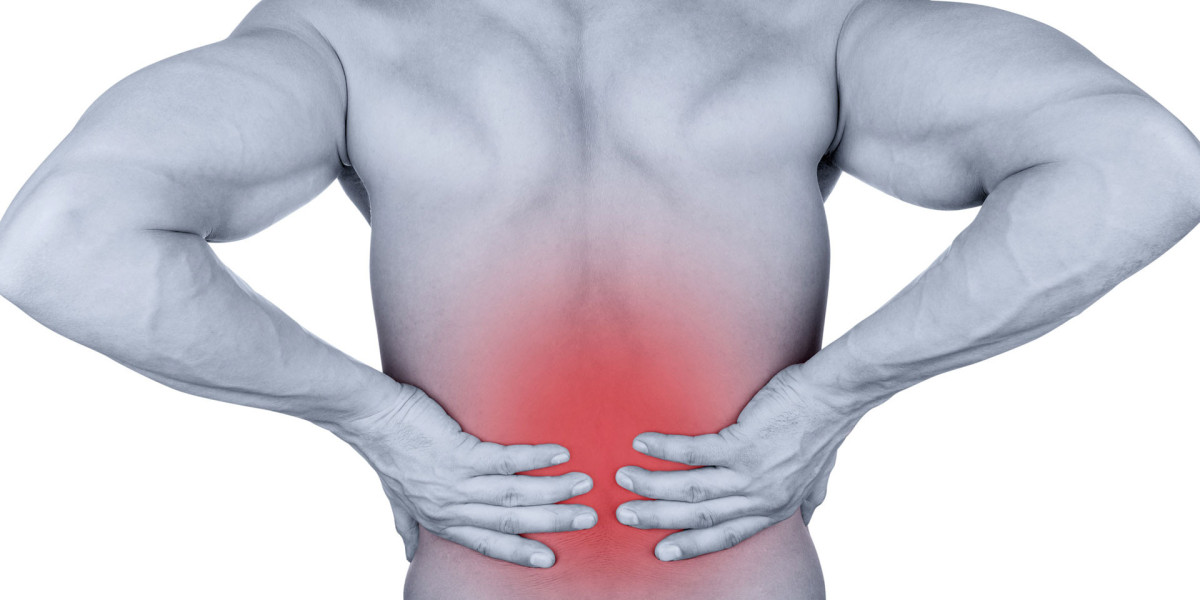Chronic pain is often described as an invisible illness. While its physical symptoms are unmistakable, the emotional and psychological toll it takes on individuals can be profound yet less visible. This article aims to delve into the intricate relationship between chronic pain and emotional well-being, shedding light on the silent struggles many endure.
Understanding Chronic Pain
Chronic pain is defined as pain that lasts longer than three months, persisting beyond the typical healing process. Conditions such as fibromyalgia, arthritis, and back pain are common sources. Unlike acute pain, which serves a protective function, chronic pain often lacks a clear biological cause, making it even more challenging for sufferers.
The Physical and Emotional Connection
Pain is not merely a physical sensation; it is also a complex emotional experience. The brain processes pain signals, but it also interprets emotional cues, leading to a cycle where emotional distress can exacerbate physical pain. For many, this connection results in feelings of hopelessness, frustration, and isolation.
The Cycle of Pain and Emotion
The onset of chronic pain often triggers an emotional response—fear, anxiety, or sadness. The unpredictability of pain can lead to anticipatory anxiety, where individuals worry about future pain episodes.
Over time, chronic pain can lead to depression or anxiety disorders. Studies indicate that individuals with chronic pain are at a higher risk of developing mental health issues. The constant struggle can create a feeling of being trapped in one’s body.
The emotional burden of chronic pain can lead individuals to withdraw from social activities. This isolation further intensifies feelings of loneliness and despair, creating a feedback loop that exacerbates both emotional and physical pain.
The Role of Stigma
Chronic pain is often misunderstood by those who have not experienced it. There is a societal tendency to dismiss invisible ailments as exaggerations or lack of willpower. This stigma can lead to feelings of shame and guilt in individuals suffering from chronic pain, making it difficult to seek help or express their struggles.
The Impact of Misunderstanding
Social Relationships: Friends and family may struggle to comprehend the extent of pain, leading to frustration on both sides. Misunderstandings can result in feelings of inadequacy, as individuals may feel they are not living up to others’ expectations.
Patients may face skepticism from healthcare providers, leading to inadequate treatment or a lack of appropriate care. This can exacerbate feelings of helplessness and mistrust in the medical system.
Coping Mechanisms and Emotional Resilience
Despite the profound emotional challenges posed by chronic pain, many individuals develop coping mechanisms that promote emotional resilience. These strategies can range from medical interventions to lifestyle changes.
Mindfulness and Acceptance
Practices such as mindfulness and acceptance-based therapies have gained traction as effective strategies for managing chronic pain. These approaches focus on recognizing and accepting pain rather than resisting it. By fostering a non-judgmental awareness of one’s experience, individuals can reduce the emotional suffering associated with chronic pain.
Support Systems
Establishing a strong support network is crucial for emotional well-being. Friends, family, and support groups can provide the understanding and empathy that individuals with chronic pain often lack. Sharing experiences with others facing similar struggles can be particularly therapeutic.
Professional Help
Engaging with mental health professionals who specialize in chronic pain can also provide significant emotional relief. Therapists can offer coping strategies, cognitive-behavioral therapy (CBT), and other treatments designed to address the intertwined nature of chronic pain and emotional distress.
The Importance of Advocacy
Advocacy plays a vital role in addressing the stigma associated with chronic pain and improving the quality of care for those affected. Increasing awareness about chronic pain can lead to better understanding and support within communities and healthcare systems.
Raising Awareness
Education campaigns can help demystify chronic pain, fostering compassion and understanding among those who do not experience it. Increased awareness can reduce stigma, encouraging more individuals to seek help without fear of judgment.
Policy Changes
Advocacy also involves pushing for policy changes that support research and funding for chronic pain management. By raising awareness at the legislative level, advocates can help ensure that those suffering from chronic pain receive the necessary resources and support.
The Path Forward
The journey through chronic pain is undeniably challenging, but it can also be an opportunity for growth and resilience. By understanding the emotional weight that accompanies chronic pain, we can foster a more compassionate society that supports those affected.
Empowerment through Education
Education is a powerful tool in combating the emotional struggles associated with chronic pain. Individuals can empower themselves by learning about their condition and connecting with others who understand their experiences.
Building a Community
Creating spaces for open dialogue about chronic managing pain can help individuals feel less isolated. Online forums, support groups, and community initiatives can offer platforms for sharing experiences, fostering connection, and building understanding.
Conclusion
Chronic pain is a silent struggle that extends far beyond the physical realm. The emotional weight it carries can be heavy, leading to a cascade of psychological challenges. However, by fostering understanding, encouraging open dialogue, and promoting supportive environments, we can help alleviate the emotional burden faced by many. In doing so, we pave the way for a future where those living with chronic pain can find hope, healing, and community amidst their struggles.








